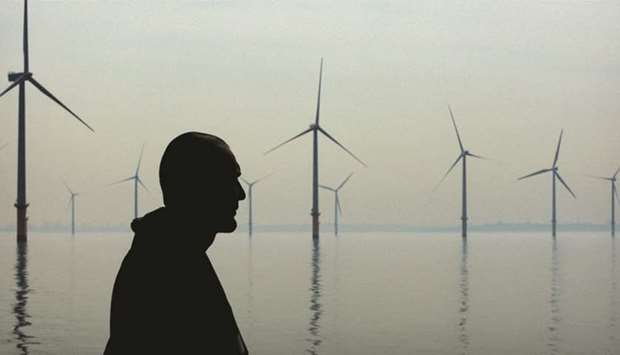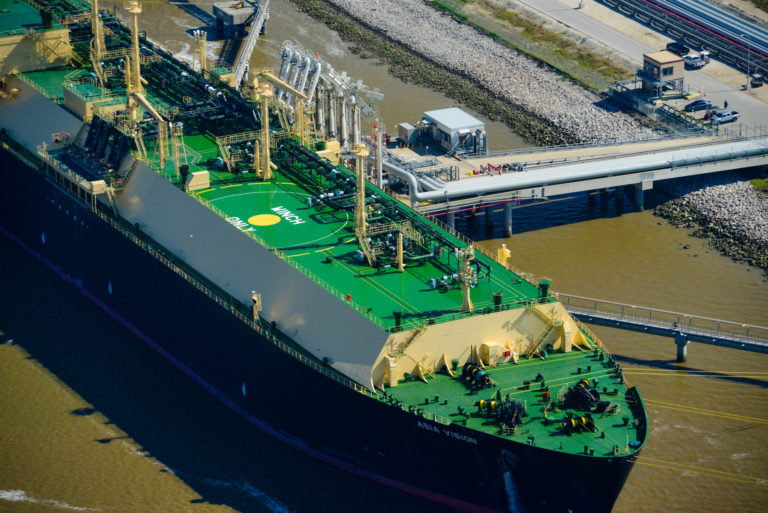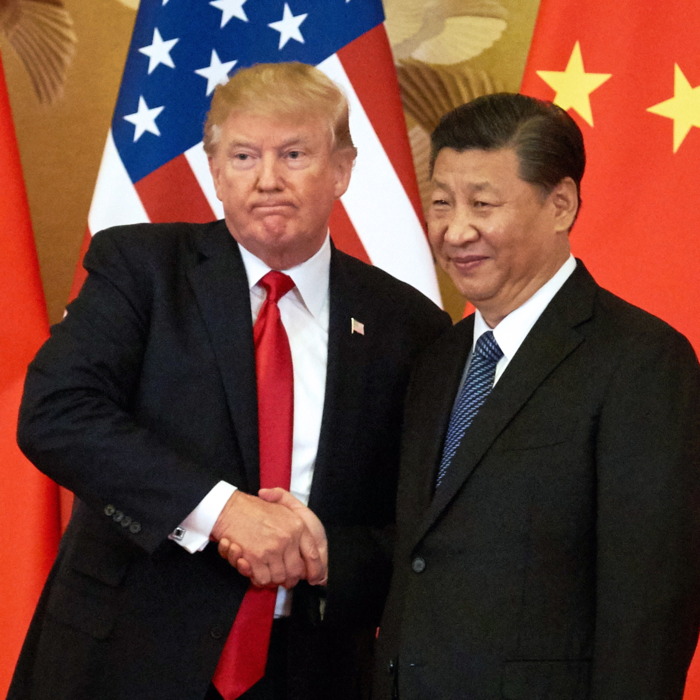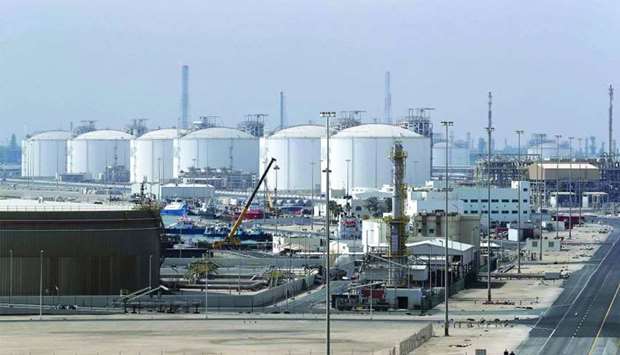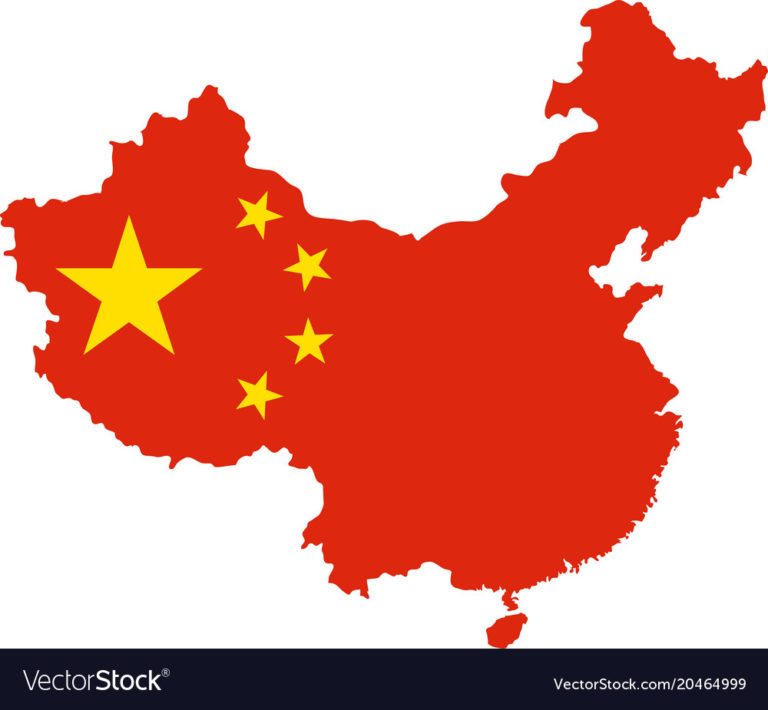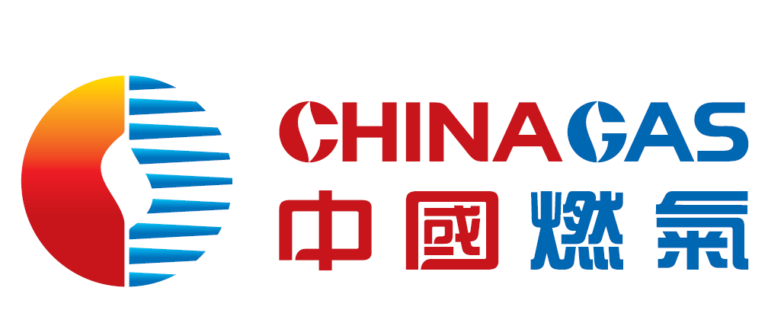Educating Lebanon’s Oil and Gas Generation

It is now a very safe bet that the seabed off Lebanon’s coast contains enormous amounts of natural gas, and sound management of this resource could power a new era of unprecedented socioeconomic development.
It’s not just scientific studies of our own Exclusive Economic Zone that tell us this: it’s also the facts that neighbors like Egypt and Israel are already producing; that areas off Cyprus, Gaza, and Syria show similar promise; and that much of the region shares the same geology.
Once Lebanon starts producing and exporting gas, the potential benefits will be game-changing: lower electricity costs, higher employment, more foreign investment, less public debt, far greater resources available for historic improvements in schools, hospitals, water and sewage networks, transport infrastructure, etc. Such achievements would make the country’s entire economy more competitive, providing more opportunities for all of its citizens for generations to come.
In order to derive maximum benefit, Lebanon needs to ensure that the nascent industry has everything it needs to prosper. Some of this work is quite advanced, with the Ministry of Energy and Water and the Lebanese Petroleum Administration (LPA), for example, having already prepared legal and regulatory frameworks that encourage rapid and sensible development.
To get the most out of this process, though, we as a country need to ensure that we as a people are both the driving force behind its progress and the primary beneficiaries of its consequences. The only way to do this is to ensure that all Lebanese have access to the skills and training required to take on jobs at every level of the process.
Lebanon can count on its highly acclaimed higher education sector to churn out the necessary architecture, chemistry, finance, management, and various engineering professionals. There also will be extensive requirements for qualified tradesmen and other technicians to build, operate and maintain both on- and offshore facilities. This means qualified pipefitters, electricians, welders, and other skilled workers – and only suitably equipped and oriented vocational institutions can provide the necessary training.
These kinds of jobs entail not just the provisions of excellent pay and benefits, but also the acquisition of valuable skills and experience that are easily transferable to other regions and other industries. In short, they are the building blocks for long and productive careers for today’s youth, whose spending will in turn contribute to sustainable long-term economic growth.
Already the LPA is working with oil and gas companies to chart clearly defined pathways from education to employment, and policymakers are similarly engaged in addressing capacity issues and how to help universities and vocational schools to gain global accreditation. These should remain top priorities, and we should also examine the experiences of others. Cyprus, for instance, has made significant strides in making sure that it will have enough qualified nationals to fill key jobs across its own budding gas sector; partnering with Cypriot institutions – and/or others in Europe or elsewhere – could radically increase the effectiveness of Lebanon’s strategy.
We are very close to realizing historic gains for all Lebanese society, and we owe it to future generations to get this done right. Education will be the key to strong livelihoods for thousands of our people, and we already have a very robust foundation of educational excellence. Whatever other challenges Lebanon faces, this one allows us to be masters of our own destiny, and we would be foolish indeed to let this opportunity be diluted in any way.
Roudi Baroudi has worked in the oil and gas industry for more than three decades and currently serves as CEO of Energy and Environment Holding, an independent consultancy based in Doha.

